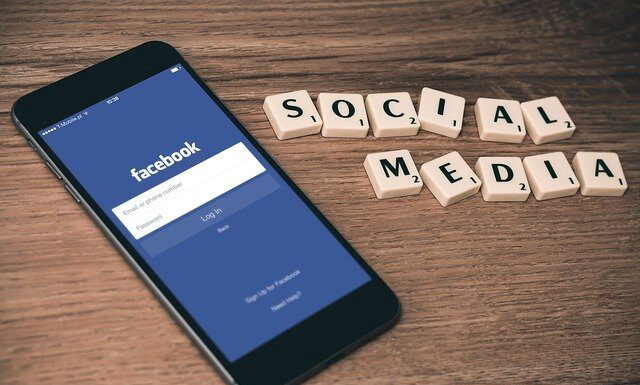How long can you go without staring at your smartphone? How much of your daily routine involves being online? Interesting questions, eh? What if I told you that social media platforms have been designed to create an addiction for increased revenue?
Dependence on digital media, particularly social media, has reached alarming levels. Psychologists define social media addiction as being overly concerned about social media, driven by an uncontrollable urge to log on to or use it, and devoting so much time and effort to social media that it impairs other important life areas. It’s estimated that 5-10% of the US population presently meets or exceeds the criteria for this behavioral addiction, and that number is anticipated to grow.
Unbeknownst to most social media users is that platforms such as Facebook, Twitter, and Instagram curate content and ads that feed into their addiction. The more time spent sifting through posts, approving content with a “like,” or leaving comments for all to see, the more money the platform generates. Features are built into the applications that manipulate our brains. University of Chicago Booth School of Business research indicates that an individual’s urge to check their social media page “is one of the strongest temptations in modern society.” Refreshing a social media page produces the same feeling as pulling the handle on a slot machine. They take advantage of a human being’s attraction to unpredictability. Psychologists call this intermittent reinforcement.” We’re searching for something new or rewarding whenever we “swipe” or “pull down” to refresh the page. “Companies have systematically removed stopping cues – those brief moments, like reaching the bottom of a screen, that suggest you might want to move on to something else,” says Adam Alter, a psychologist at New York University and author of Irresistible: The Rise of Addictive Technology And The Business Of Getting Us Hooked.
Just how addictive is social media? Booth School of Business performed a study featuring participants ranging from 18 to 85 years old. Each participant was given a mobile device and was instructed to report to researchers every 30 minutes whether they had an urge to access their social media pages. They were also told to let researchers know at that same interval whether they had the urge to smoke, drink, or sleep. The study showed that social media was the most popular vice of the participants.
The more time spent on Facebook, the more money Facebook makes. Every page visited, clicked, liked, or topic referenced will likely trigger a targeted ad. It’s simple. More time equals more money. The more you interact with Facebook, the more information you provide them. Facebook uses that data to attract advertisers looking to target those who meet specific criteria. Create addiction and generate revenue.
Here is some helpful information that is available at https://www.addictioncenter.com/drugs/social-media-addiction/:
An estimated 27% of children who spend three or more hours a day on social media exhibit symptoms of poor mental health. Signs to look for that could indicate social media addiction:
- Do they spend a lot of time thinking about social media or planning to use social media?
- Do they feel urges to use social media more and more?
- Do they use social media to forget about personal problems?
- Do they often try to reduce the use of social media without success?
- Do they become restless or troubled if unable to use social media?
- Do they use social media so much that it has hurt their job or studies?
A “yes” to more than 3 of these questions may indicate the presence of social media addiction.
Think about this: Tim Cook, CEO of Apple, forbids his nephew from accessing any social media platforms. I think he might be on to something.








